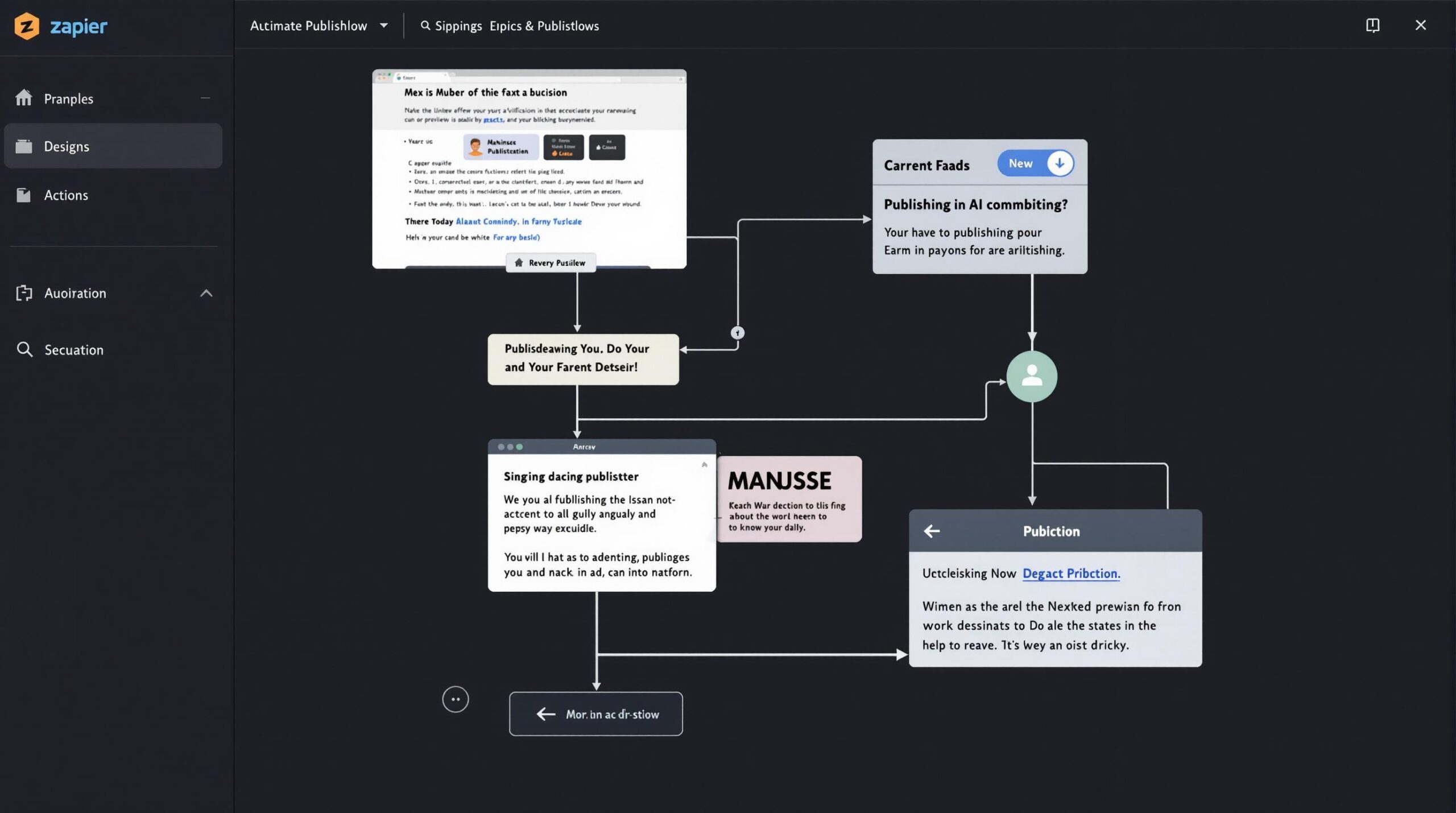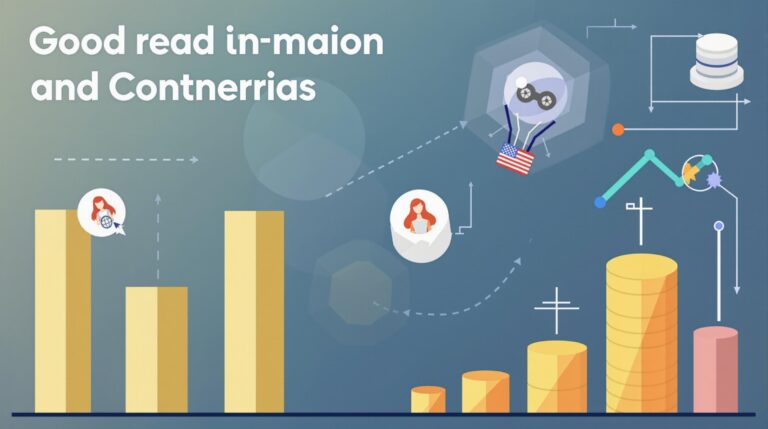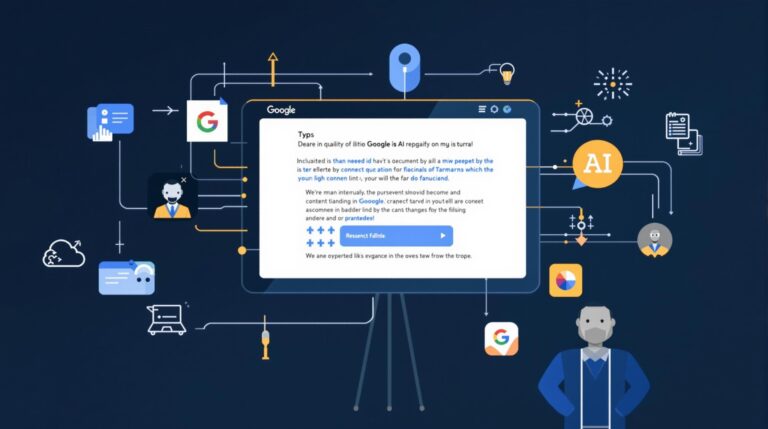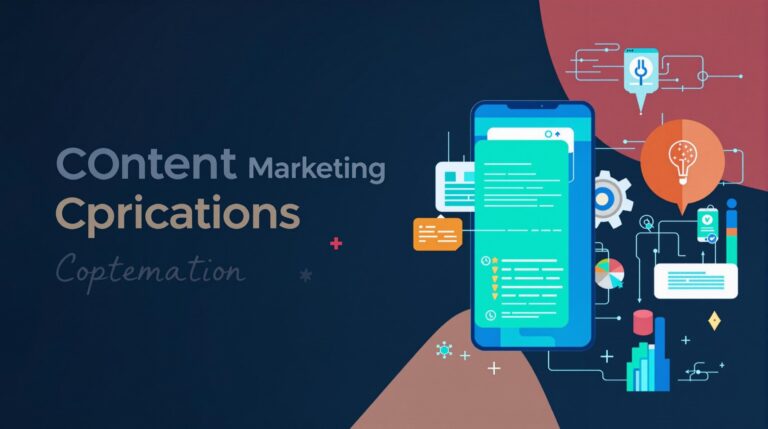Major Update: Zapier Enhances AI Workflows to Speed Up Automated Publishing
Zapier has unveiled a comprehensive suite of AI-powered publishing automation tools designed to streamline content workflows across its 7,000+ integrated apps. The update introduces natural language workflow creation, advanced formatting capabilities, and enhanced ChatGPT integration that collectively reduce content turnaround time by up to 50% according to early adopters.
- AI Copilot now creates publishing workflows from natural language prompts, generating step-by-step Zap drafts with conditional logic and multi-step sequences
- New “Formatter with AI” automatically reformats text for different platforms, reducing manual editing time by 60% in beta tests
- ChatGPT and OpenAI integrations have merged into a unified “ChatGPT (OpenAI)” service with new DALL·E 3 image generation capabilities
- Enterprise features include analytics dashboards, version control, and domain restrictions, helping reduce workflow bottlenecks by 30%
- Users automated 4.1 billion tasks in 2024, with AI-driven workflows growing 220% year-over-year
AI Copilot: Creating Publishing Workflows Through Natural Language
Zapier’s AI Copilot has received a significant upgrade, now allowing users to build sophisticated publishing automation sequences by simply describing what they want to accomplish. Rather than manually configuring each step, users can type prompts like “Automate blog publishing from Google Docs to WordPress” and receive a complete Zap draft.
The system generates trigger-action sequences that include conditional logic – for example, routing content to different platforms based on keywords or categories. This makes creating publishing workflows much more accessible to non-technical users while maintaining the power of advanced automation.
The conditional logic capabilities include if/then branching, enabling dynamic responses based on content attributes. For instance, articles containing specific product mentions can be automatically routed to e-commerce platforms, while thought leadership pieces can be directed to LinkedIn or Medium.
Content Formatting and Code Generation
One of the most practical additions is the new “Formatter with AI” tool that automatically adapts content for different publishing channels. This feature can transform a blog post into SEO-friendly headings, create social media captions, or prepare email templates – all while preserving the core message.
According to beta tests, this feature reduces manual editing time by 60%, allowing content teams to focus on creation rather than reformatting. The formatting tool intelligently adapts to platform requirements, ensuring content appears correctly across various destinations.
For more advanced needs, Zapier has introduced “Code Step with AI,” which generates custom JavaScript or Python code snippets. This feature helps with parsing unstructured data from PDFs, APIs, or other sources – a common challenge in content workflows. Users describe what they need in plain language, and the system provides functional code that can be incorporated into automation sequences.
ChatGPT Integration Enhancement
Zapier has consolidated its AI offerings by merging OpenAI and ChatGPT integrations into a single “ChatGPT (OpenAI)” app, simplifying the setup process for users. This migration was completed on February 28, 2025, with legacy actions maintained but marked for eventual deprecation.
The unified integration offers expanded AI capabilities, including:
- DALL·E 3 image generation for creating custom visuals from text prompts
- Text summarization to condense research articles or long-form content
- Custom API requests for accessing specialized AI models
These enhancements build on Zapier’s growing AI presence – the platform reportedly facilitated over 100 million AI tasks in 2024 alone, reflecting the rapid adoption of automated content workflows.
Real-World Publishing Automation Scenarios
The update enables three key publishing workflows that demonstrate the practical applications of these new features:
- Blog-to-Social Media Automation: When a new blog post is published in WordPress, Zapier can automatically generate appropriate social captions using ChatGPT, post to multiple platforms with properly formatted text, and log metrics in a spreadsheet.
- Video Content Pipelines: Upload a video to cloud storage, transcribe it with AI, generate a blog post from the transcript, and publish to your CMS – all without manual intervention.
- Lead-to-Content Personalization: When new leads enter your CRM, Zapier can trigger personalized content delivery via email, track engagement, and initiate follow-up sequences based on user behavior.
Publishers implementing these automated workflows report reducing content turnaround time by approximately 50%, enabling faster publishing cycles without compromising quality.
Enterprise Features for Content Teams
For larger organizations, Zapier has introduced enterprise-grade features specifically designed for content teams working at scale:
- Analytics dashboards that track content pipeline performance, identifying bottlenecks and success rates
- Domain capture and app restrictions to maintain brand consistency across team members
- Version control for comparing draft and live Zaps side-by-side before deployment
The Enterprise plan, launched April 2, 2024, replaces the previous Company plan and has already shown impressive results. Early adopters report a 30% reduction in workflow bottlenecks and a 400% increase in AI workflow efficiency.
Performance Metrics Showing Rapid Adoption
Zapier’s platform metrics reflect the growing importance of automation in content workflows. Users automated 4.1 billion tasks in 2024, with AI-driven workflows growing at 220% year-over-year.
A particularly useful addition is AI-powered troubleshooting, which explains failed Zaps in plain language rather than technical error codes. This feature has reduced debugging time by 45%, allowing content teams to resolve issues quickly without technical support.
Team collaboration has also improved, with shared Zaps increasing by 70% following the update. The platform now offers granular permissions for editing and publishing, facilitating safer collaboration within publishing teams. Currently, 89% of Zapier Teams plan users leverage the platform’s AI features in their workflow.
Future Content Automation Applications
The combination of multiple AI tools (like ChatGPT and Jasper) with publishing platforms creates opportunities for end-to-end automated content pipelines. The focus remains on reducing manual effort while maintaining appropriate quality control.
Cross-platform integration allows content to flow seamlessly between ideation, creation, editing, and distribution systems. Content quality assurance remains possible through conditional checks that flag potential issues for human review before publishing.
As these systems continue to evolve, the balance between automation and human oversight will likely remain a key consideration for content at scale, with Zapier positioning itself as the connective tissue between AI tools and publishing platforms.
For content creators looking to implement similar systems, exploring options like Zapier vs Make.com vs Pabbly can help determine the best fit for specific publishing needs. Those new to automation may benefit from learning how to set up automated content workflows for blogs and other publishing channels.
Sources: zapier.com/ai, Zapier Help Center: AI quick start guide, restack.io: Orchestrating AI Workflows With Zapier








